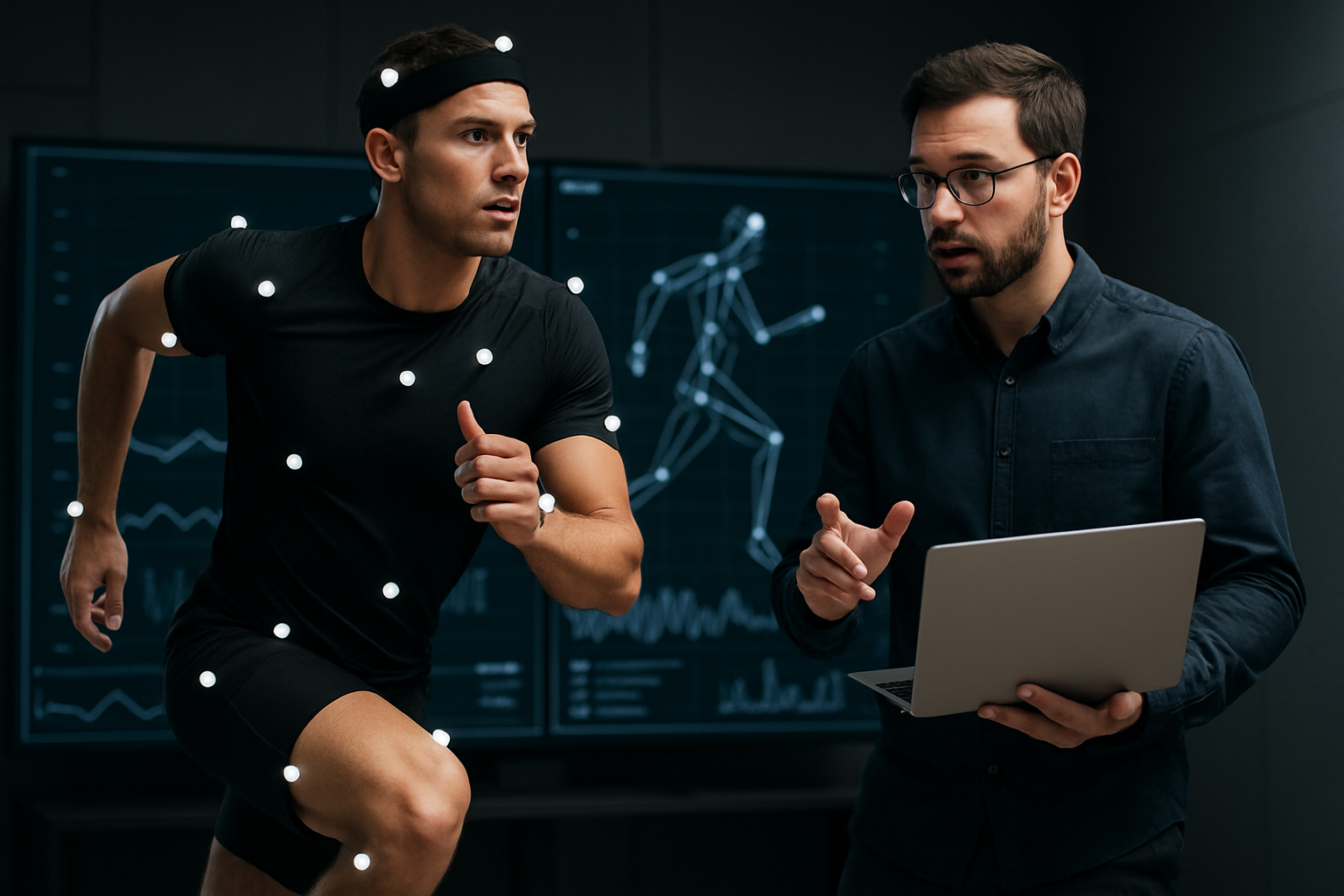Integrating Wearable Sensors into Athlete Recovery Protocols
Wearable sensors can provide continuous, objective data that helps teams and practitioners refine recovery strategies. This article outlines practical ways to integrate sensor data into protocols covering training load, rehabilitation, nutrition, and coaching analytics.

Wearable sensors are increasingly part of modern athlete care, offering continuous data streams that complement traditional assessment. When integrated thoughtfully into recovery protocols, these devices can reveal patterns in sleep, movement, physiological stress, and readiness that are hard to capture in occasional testing. The goal is to use sensor-derived insights to inform training modifications, optimize nutrition timing, and support rehabilitation without over-reliance on any single metric. Clear workflows, privacy considerations, and collaboration between coaches, medical staff, and athletes are essential for meaningful application.
How can wearable sensors inform athlete monitoring?
Wearable devices measure heart rate variability, resting heart rate, skin temperature, and movement metrics that together form a picture of physiological stress and recovery. For an athlete, these measures help distinguish normal post-training fatigue from accumulating strain that could impair performance. Continuous monitoring can flag deviations from baseline—shorter sleep, elevated resting heart rate, reduced HRV—that prompt adjustments in training intensity or recovery modalities. Integrating these signals into daily athlete check-ins allows coaching and medical staff to prioritize interventions based on objective trends rather than sporadic subjective reports.
How do sensors guide training and recovery plans?
Sensor outputs can be mapped to training load and perceived exertion, informing how sessions are scheduled and progressed. By combining external load (distance, speed, accelerations) with internal load (heart rate, perceived effort), coaching teams can individualize progression to protect against under- or overtraining. Recovery protocols—such as active recovery sessions, contrast therapy, or graded return-to-play steps—can be timed based on readiness scores derived from wearable analytics. The result is more precise periodization that balances performance gains with injury risk management.
How do wearables integrate nutrition and rehabilitation data?
Nutrition and rehabilitation both benefit from timely, objective inputs. Wearables that track sleep and metabolic responses can guide macronutrient timing and caloric adjustments to support repair and glycogen replenishment. In rehabilitation, inertial sensors and motion capture wearables quantify range of motion, limb symmetry, and movement quality during exercises, enabling therapists to track progress and adjust protocols. When nutrition data and movement analytics are viewed together, teams can correlate dietary patterns with recovery outcomes and tailor interventions accordingly.
How can analytics support coaching decisions?
Analytics platforms translate raw sensor data into actionable insights, using algorithms to aggregate metrics into readiness scores, workload summaries, and trend visualizations. Coaches and staff should prioritize transparent metrics that map clearly to training outcomes—such as weekly accumulated load, acute:chronic workload ratio, and recovery indices—so decisions are evidence-driven. Integrating sensor analytics into regular meetings fosters a shared understanding between coaching, strength staff, and clinicians, enabling coordinated adjustments to training, conditioning, or rehabilitation plans based on convergent data.
Can wearables track endurance, strength, and agility?
Different sensors target distinct performance domains: GPS and accelerometers quantify endurance load and positional work, inertial measurement units (IMUs) capture biomechanical markers related to strength and power, and high-frequency accelerometers detect rapid changes useful for agility analysis. For recovery purposes, these devices show how quickly performance metrics return to baseline after intense work and whether compensatory movement patterns emerge. Monitoring these return-to-baseline timelines helps determine when an athlete is ready to resume full-intensity endurance, strength, or agility-focused sessions.
What role do biomechanics sensors play in rehabilitation?
Biomechanics sensors provide objective measures of movement quality, joint angles, and limb loading that are valuable during progressive rehabilitation. Wearable IMUs and pressure sensors can detect asymmetries, altered gait mechanics, or inadequate deceleration strategies that elevate reinjury risk. Therapists can use repeated, standardized movement tests captured via sensors to quantify improvement and identify remaining deficits. Incorporating these biomechanical insights into rehabilitation protocols supports a data-driven, milestone-based progression toward sport-specific demands.
This article is for informational purposes only and should not be considered medical advice. Please consult a qualified healthcare professional for personalized guidance and treatment.
Effective integration of wearable sensors into recovery protocols depends on clear goals, multidisciplinary collaboration, and responsible data practices. Sensors add objectivity to decisions about training load, nutrition timing, rehabilitation progression, and return-to-play readiness, but they are tools that must be interpreted alongside clinical judgment and athlete feedback. By establishing consistent baselines, prioritizing meaningful metrics, and using analytics that promote shared understanding among coaches, clinicians, and athletes, teams can use wearable data to refine recovery strategies and support sustainable performance improvements.





